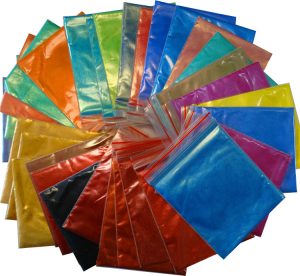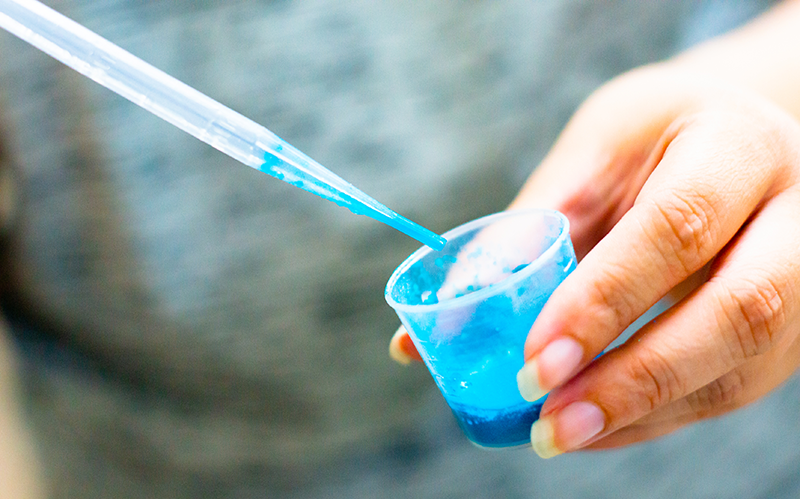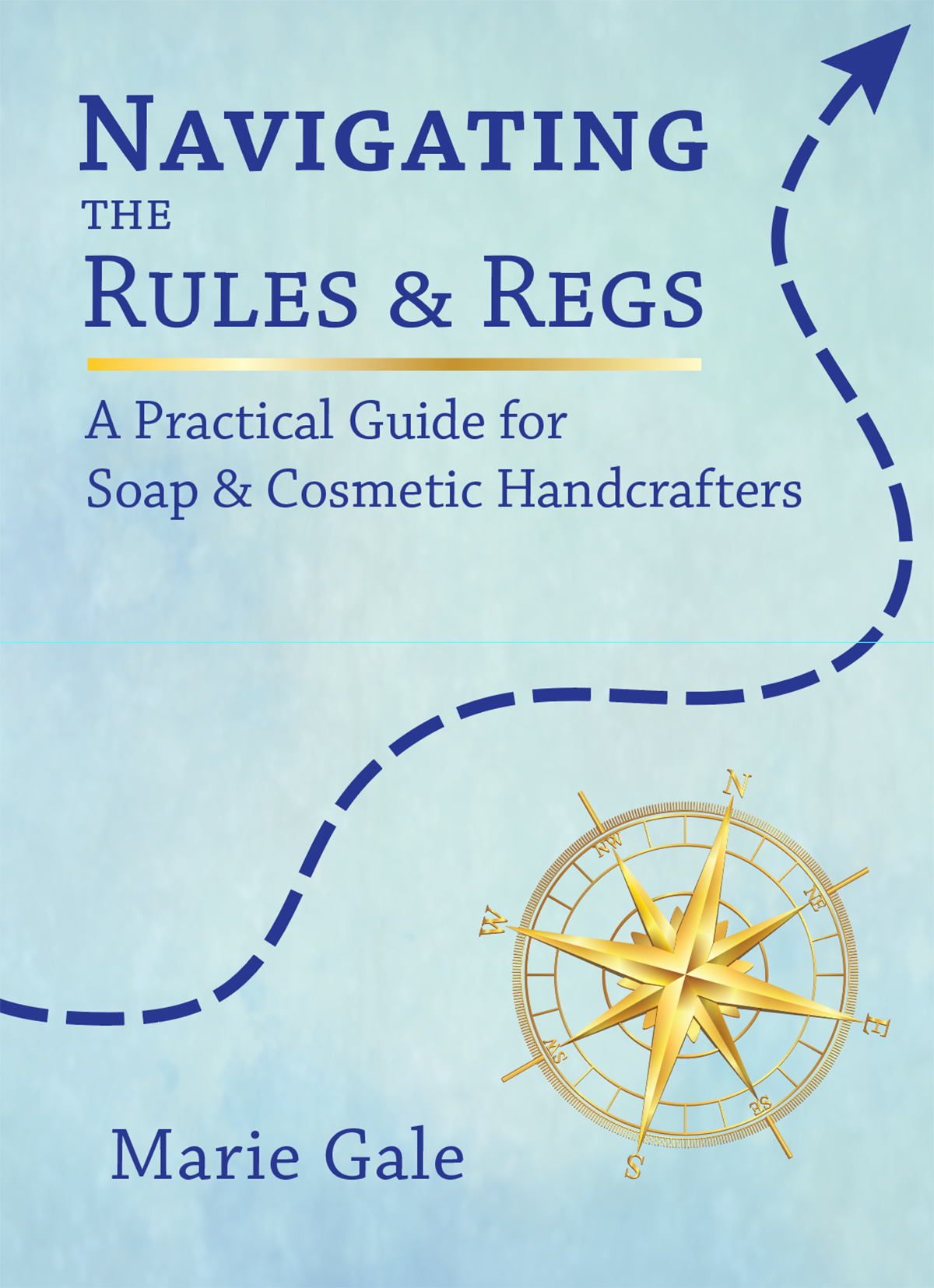The FDA regulates color additives and their use. For cosmetics, the FDA has a list of color additives permitted for use in cosmetics and each color additive has specifications on how it may be used:
- “Eye Area” means the area around the eyes. Which is the area from the brow to eyelids, lashes, eyeball and area just under the eye. Color additives must be SPECIFICALLY approved for eye area use.
- “Cosmetics Generally” means the color additive may be used in any type of cosmetic, except those for eye area use. Colors for “cosmetics generally” may or may not also be approved for the eye area.
- “External Use Only” means cosmetics applied anywhere on the outside of the body, but not areas covered by mucous membranes (lips, nostrils, ears and genital area). And not eyes. Colors for “external use only” may or may not also be approved for the eye area.
- Some color additives may have other specific limitations (such as “hair on the scalp” or “fingernail polish” or “not to exceed .01%”).
In-Bath Products
“In-bath products” include cosmetic products such as bath oil, bubble bath, bath fizzies, or bath bombs—many of which are colored. That brings up the question of what color additives may be used in in-bath products.
According to the definitions above, any color additive for in-bath products must be approved for “cosmetics generally.” Color additives approved for “external use only” would not be acceptable for in-bath products because the color additive would come in contact with the genital area.
Yikes! But wait…
When I was updating the 1st edition of Soap and Cosmetic Labeling, I wrote the FDA for clarification of this exact point. As a result, the following is what was published in the 2nd edition:
“The FDA has determined that color additives that are approved for external application may be used in in-bath products because of the limited potential of exposure to the color additive.
“Therefore, cosmetics intended for in-bath use may use color additives that are approved for general use or external application in cosmetics in amounts consistent with good manufacturing practices (unless the regulations provide additional limitations).”
With a footnote that read:
“In early 2007 there was conflicting information on the FDA website about which color additives could be used in bubble bath products. The author queried the FDA and received the information included here as their official determination on the subject. The FDA website was subsequently corrected.
Unfortunately, I cannot find my email exchange with the FDA on this – it’s probably in a paper file, in storage. And the FDA website has been thoroughly changed since 2007. I checked the current FDA website and the Internet Archive (archive.org), and couldn’t find the statement being referred to. I KNOW it was there–I was so excited to see that the FDA had updated the site after my correspondence with them! But now I can’t find it.
So, although I know I did have that documentation, I don’t have in hand anything to prove that they said that “color additives approved for external application may be used in in-bath products because of the limited potential of exposure to the color additive.” Of course, it’s also possible that they changed their mind on it since then.

Best Bet
What’s the best bet here?
The best course of action when making in-bath products is probably to stick to the color additives that are approved for “cosmetics generally.” That means NOT using color additives that are approved for “external use only.”
Yes, this is going to limit the number of color options, but it will also ensure compliance with the regulations AND will give that little bit of added security and safety to your customer. Since the FDA’s statement to me was based on “limited exposure,” you have the option of protecting your customer from that possible harmful exposure (no matter how little) by eliminating the “external use only” color additives from your in-bath products.
External Use Only
The color additives that are classed as “external use only” and which probably ought not be used in in-bath products are:
Aluminum powder
Bismuth Citrate
Chromium hydroxide green
Chromium oxide greens
Ferric ammonium ferrocyanide
Ferric ferrocyanide
Guaiazulene
Henna
Pyrophyllite
Silver
Ultramarines
D&C Black No 2
D&C Black No 3
D&C Blue No 4
D&C Brown No 1
D&C Green No 6
D&C Green No 8
D&C Orange No 4
D&C Orange No 5
D&C Orange No 10
D&C Orange No 11
D&C Red No 4
D&C Red No 17
D&C Red No 33
D&C Red No 34
D&C Red No 35
D&C Violet No 2
Ext. D&C Violet No 2
D&C Yellow No 7
Ext D&C Yellow No 7
D&C Yellow No 8
D&C Yellow No 11
It may look like a lot, but there are still over 25 color additives that are approved for “cosmetics generally”!


Leave a Reply